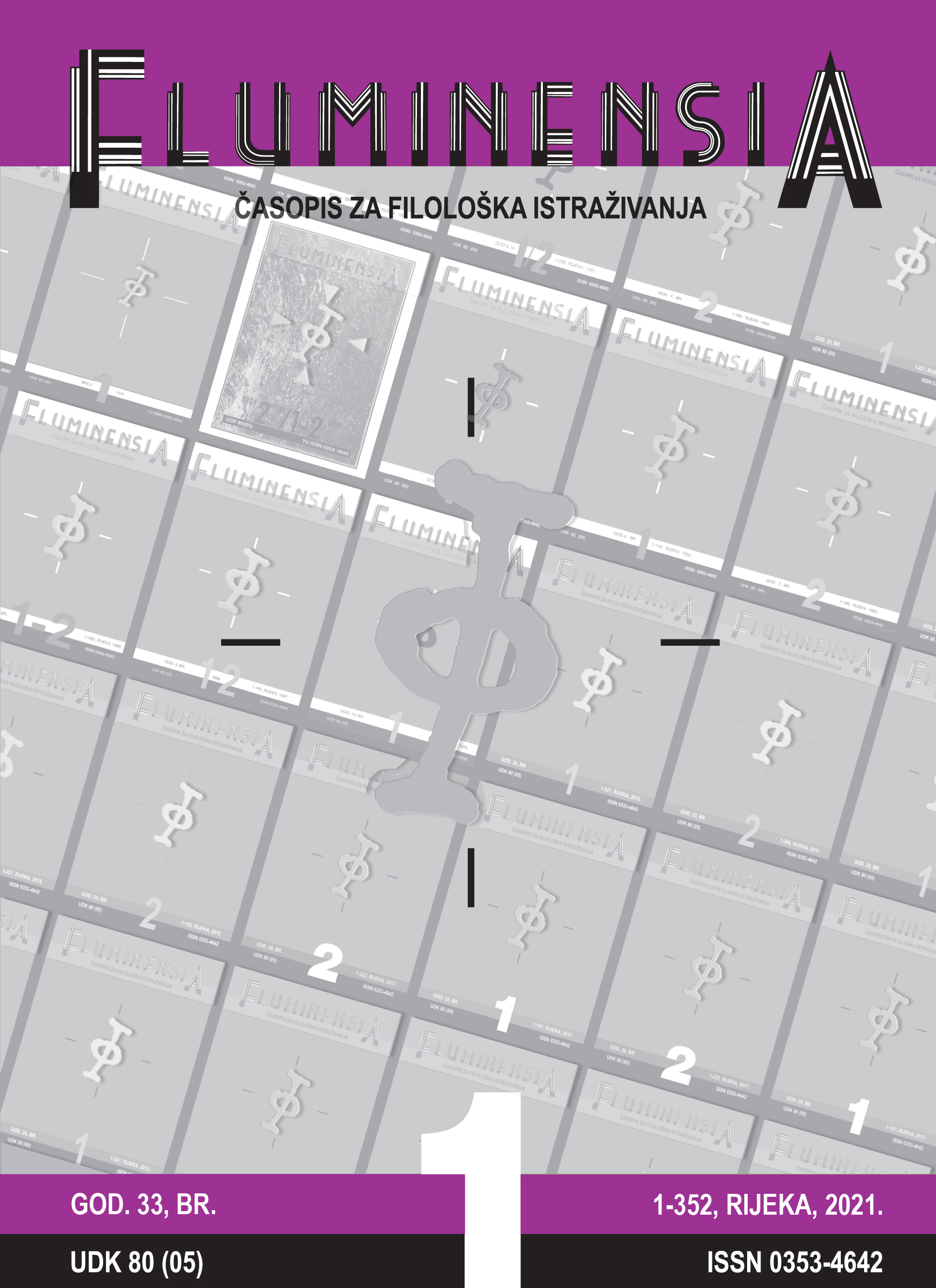ADDITIONAL TESTIMONY. PHOTOGRAPHS IN THE PROSE OF DAŠA DRNDIĆ
Keywords:
Daša Drndić, photograph, literature, representation, apophatic relationAbstract
In this paper I will reflect on the role of photographs in the works of Daša Drndić. Mixing fictional and documentary modes is a characteristic feature of her texts. It is achieved among others by utilizing visual representations of the past. In my paper I aim to outline the strategies of visualization applied by the authoress (especially the traumatic, Holocaust-related experience), which materialize through photographs included in her works of literature. In the case of Drndić the visuals include for instance contemporary or archival photographs of places marked by the Holocaust and of Jewish inhabitants of Vienna as well as portraits of war criminals. Generally speaking, in her texts the photographs function as concretization (concretization) of the memory of injustice, of trauma and ultimately of the Holocaust. The photographs are by no means neutral images though they are commonly perceived as such. Interaction between the text (itself skirting the boundary between fact and fiction) and the image puts the latter in a position that is far from neutral. In Drndić’s case, the photos are often used as an inventory (archival) practice, but they constitute predominantly a way of overcoming the crisis, related to the intention of giving an account of the past, particularly a testimony of the Holocaust.

